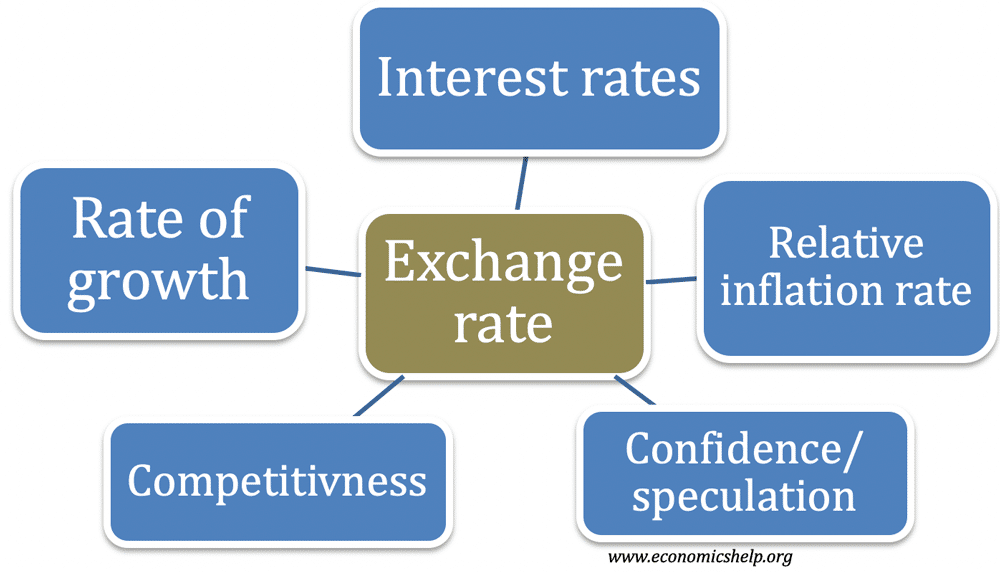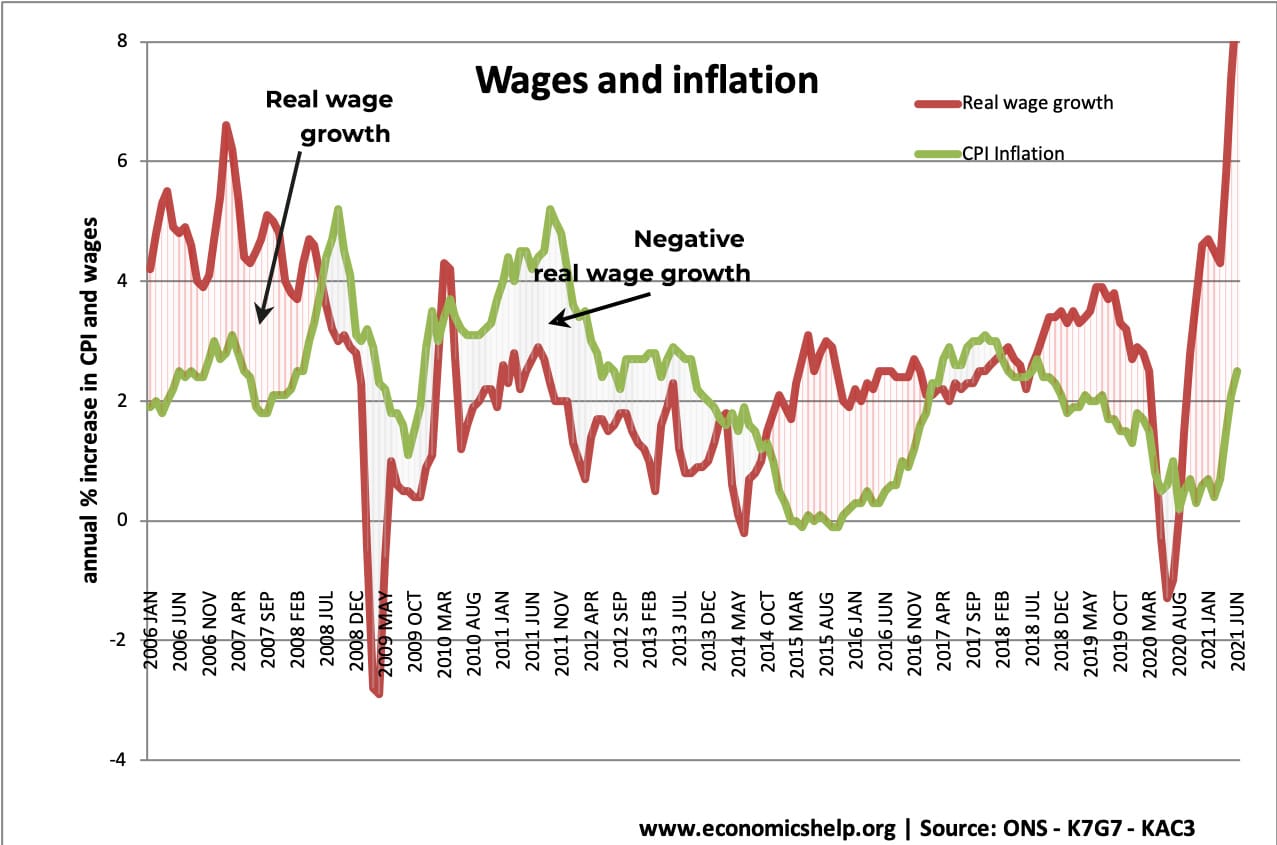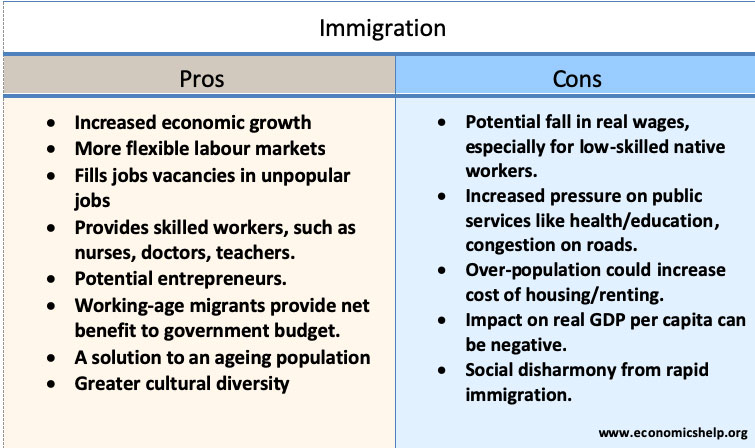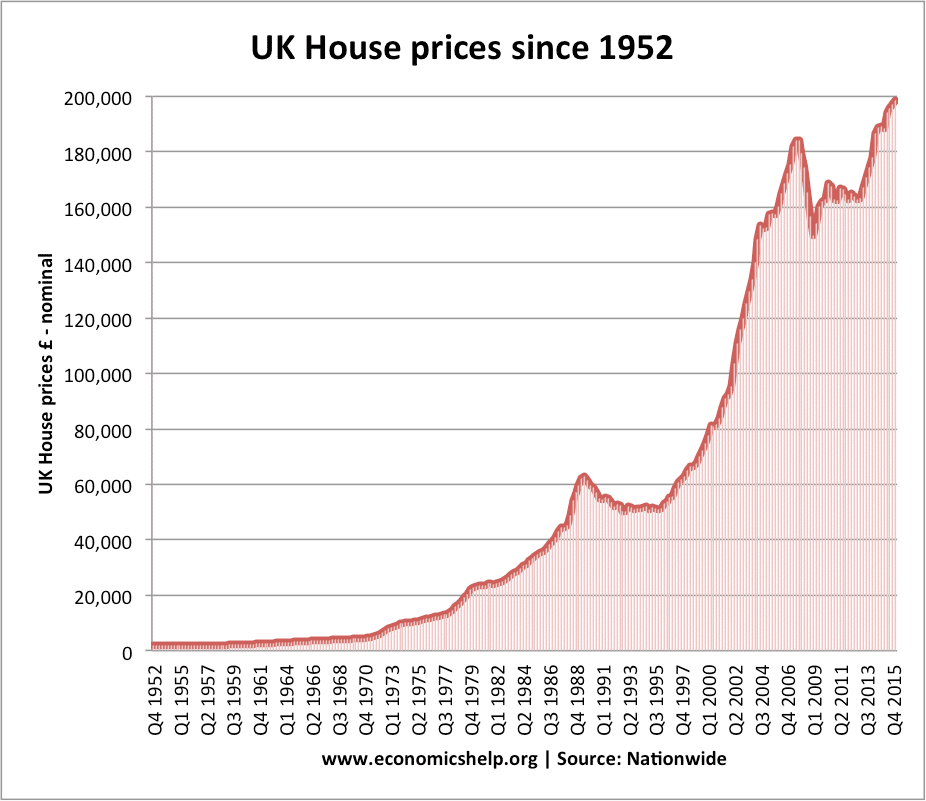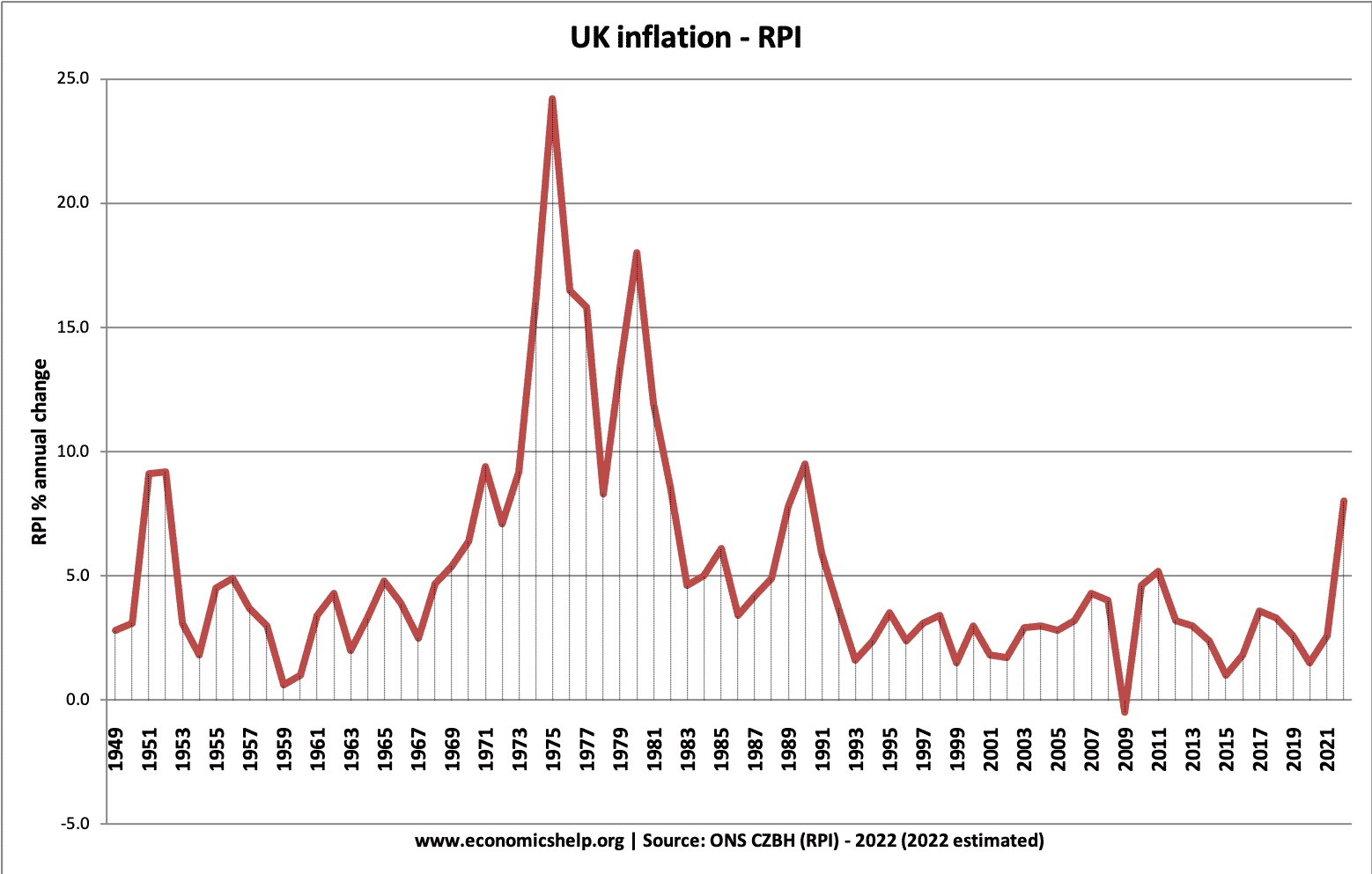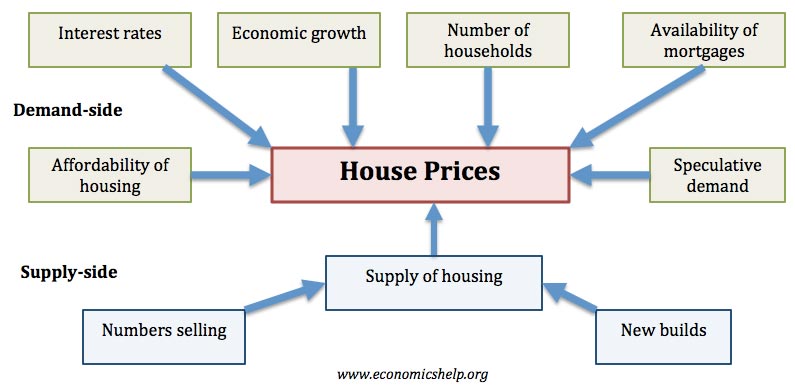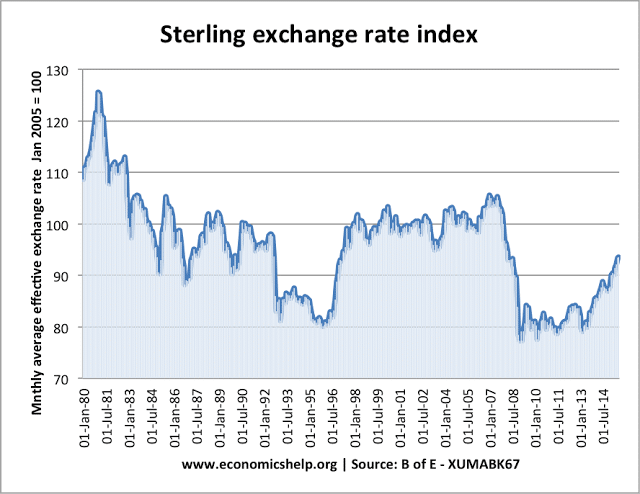Factors which influence the exchange rate
Exchange rates are determined by factors, such as interest rates, confidence, the current account on balance of payments, economic growth and relative inflation rates. For example: If US business became relatively more competitive, there would be greater demand for American goods; this increase in demand for US goods would cause an appreciation (increase in value) …

